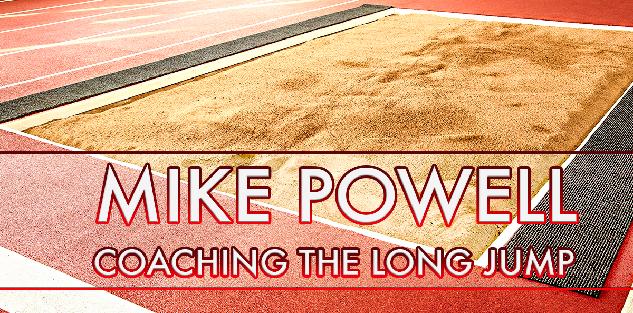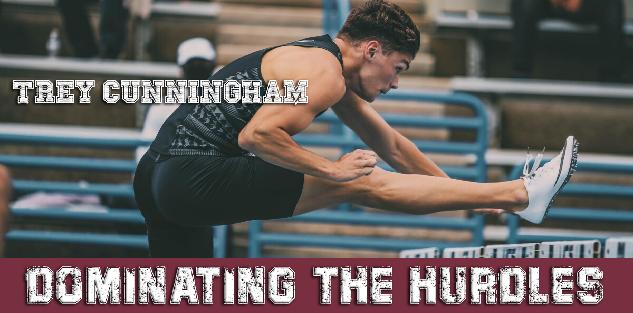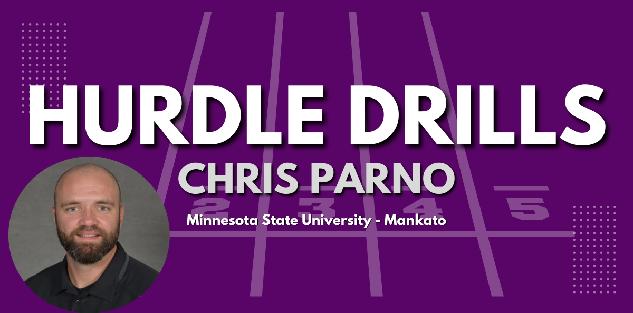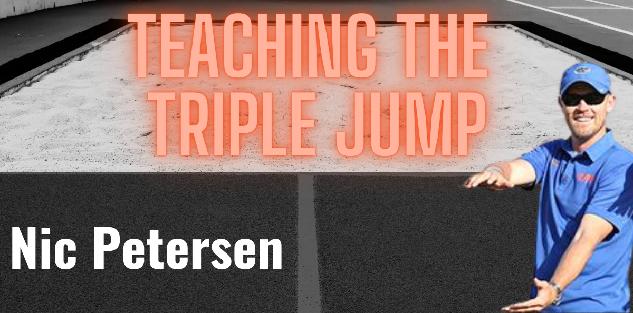Featured courses
- The Ultimate Guide to Coaching Track and Field by Jackson Chlebowy
- How TCU Coach Khadevis Robinson Builds Mental Toughness for Big 12 Track by William Markey
- Two Points of Focus When Coaching and Training Hurdles by Grant Young
- Four Keys to Maximize Winning Potential in a 400m Race by Grant Young
- Three Lessons Every Distance Running Coach Should Know by Grant Young
- Olympic Medalist Jasmine Moore’s Triple Jump Approach Technique Keys by Grant Young
- Build Strong Triple Jump Foundations with 3 Key Drills by William Markey
- Two Cues to Help With Track and Field Relay Handoffs by Grant Young
- Four Shot Put Drills to Help Develop Your Athletes by Grant Young
- Three Training Tips For Coaching 400m Runners by Grant Young
- Four Tips for Teaching the Javelin Throw by Grant Young
- 3 Pole Vault Check Points From Legendary Kansas Coach Tom Hays by Grant Young
- Two Valuable Hammer Throw Training Tips by Grant Young
- 3 Must-Try Offseason Shot Put Drills by William Markey
- Four Essential Tips For Coaching Track Relays and Sprints by Grant Young
- Florida Gators Coach Nic Petersen’s Two Keys for Teaching the Triple Jump by Grant Young
- Three Effective Drills for Improving the Long Jump by Grant Young
- Three Drills for Sprinters That Track Coaches Swear By by Grant Young
- Four Pole Vault Drills All Track and Field Coaches Should Know by Grant Young
- Explosive Track and Field Training to Level Up This Summer by Tyler Rathke
- Throwing Secrets: The Entry by Tyler Rathke
- How to Find an Endurance Athlete’s Proper Training Pace by Grant Young
- The Technique Behind Mykolas Alekna’s Discus World Record by Grant Young
- How to Build a Sprinter's Training Regimen by Grant Young
- How to Teach the Glide Shot Put by Grant Young
- Three Hurdle Drills All Track Coaches Should Know by Grant Young
- How Distance Running Coaches Can Get the Most Out of Their Athletes by Grant Young
- The Technique Behind Mondo Duplantis' Pole Vault World Record by Grant Young
- How to Coach Weightlifting For Increased Speed and Acceleration by Grant Young
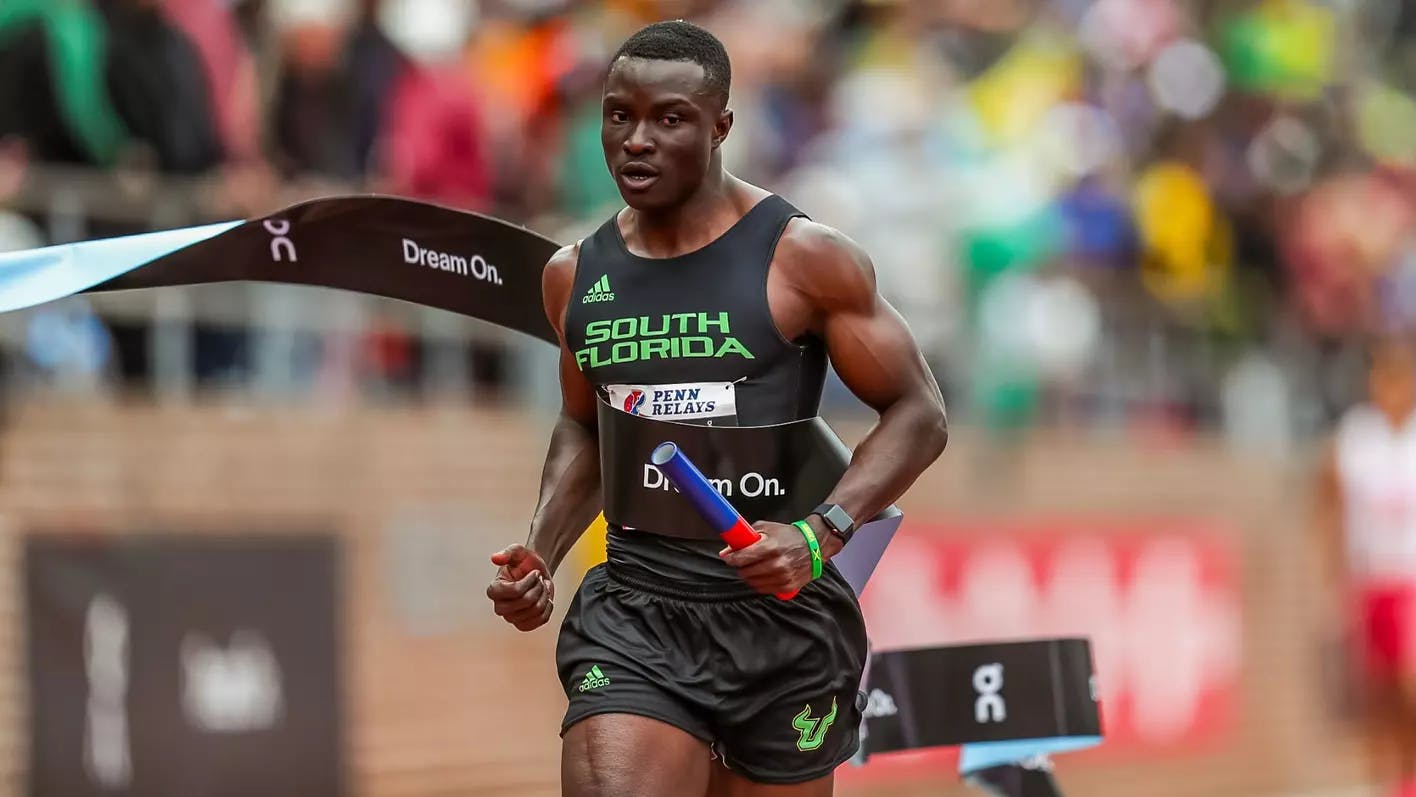
Four Essential Tips For Coaching Track Relays and Sprints
- By Grant Young
Coaching track relays can be quite challenging for several reasons. First of all, coordinating the handoffs between runners in a relay requires precise timing and technique. This means that as a coach, you need to ensure that each runner understands their role and the specific timing of the handoff to the next runner.
Additionally, managing the different strengths and abilities of each runner in the relay team can be a complex task. Understanding each athlete's strengths and weaknesses and finding the right combination of runners to form a competitive relay team requires careful observation and assessment.
Furthermore, motivating and inspiring the relay team to work together and perform at their best can be a demanding aspect of coaching track relays. As a coach, you must foster a sense of teamwork and unity among the relay runners, while also addressing individual concerns and maintaining a positive team dynamic.
Lastly, the pressure of ensuring that the relay team performs well in high-stakes competitions adds another layer of difficulty to coaching track relays. The coach must prepare the team both physically and mentally for the challenges they will face during the race.
Coaching track relays requires a combination of technical expertise, interpersonal skills, and strategic thinking, making it a difficult but rewarding endeavor. But with a few tips from an elite coach like Erik Jenkins, any relay coach can get their team winning races in no time.
Erik Jenkins is entering his fifth season as the head coach of the USF track and field and cross country program. The Bulls have collected 23 individual and relay event conference championships, the program’s first men’s team conference championship, and two individual event national championships under Jenkins’ leadership.
Jenkins arrived in Tampa after serving 11 seasons as the head coach at Western Kentucky. During his time as head coach of the Hilltoppers, Jenkins led Western Kentucky to 30 Sun Belt and Conference USA championships, was tabbed conference coach of the year 21 times between outdoor and indoor nominations, and was selected as the USFTCCA Southeast Region Coach of the Year five times.
Coach Jenkins’ ‘Sprints and Relays Tips and Techniques featuring Coach Erik Jenkins’ course, shares several unique training tips, techniques, and race strategies that make it a must-have resource for coaches and sprinters at any competitive level.
Sprinting Mechanics
While a great sprinter can come from any body type or background, Coach Jenkins noted that everyone must encompass three commonalities: the ability to push early, maintain, and decelerate efficiently.
When instilling these crucial components of sprinting success in your athletes, coaches will want to start by ensuring the sprinter’s head is up, and they’re looking forward during the acceleration to the maintenance phase. In addition, the sprinter should understand that their hips need to be slightly behind where their shoulders should be while trying to push at the sprint's beginning.
When it comes to moving the legs, the mechanics should make it so the runner’s knees are headed directly upwards with each motion before their foot goes to dorsiflexion. What sprinters don’t want to be doing is for their calf to bow out while running, which wastes energy and facilitates unnecessary movement which can be the difference between winning and losing a race.
A great way to commit these techniques to memory is by standing in front of a runner and holding their shoulders in place while they’re slightly leaned over in the same way they’d be running during a race. From there, you can help train them to execute their leg revolutions correctly. And if there are multiple players on a relay team that you’re trying to teach at once, have them do this with their hands against a wall.
Starting Blocks
Coach Jenkins explains that there’s no cookie-cutter approach to setting blocks and that each athlete is going to have their own preference.
Coach Jenkins likes to have his athletes set their blocks in practice along the lane lines, so he has a clear visual to be able to evaluate and teach from as they practice their starts.
When it comes to the actual start, the coach wants to make sure their athletes’ hands are completely behind the line, that their weight is shifted right on top of the hands around their shoulder blades, and that the head is in a neutral position with the spine. All of that should remain the same once the athlete’s bottom comes up right before the race begins, aside from where their weight is shifted (it will shift backward to the core/legs).
The Finish
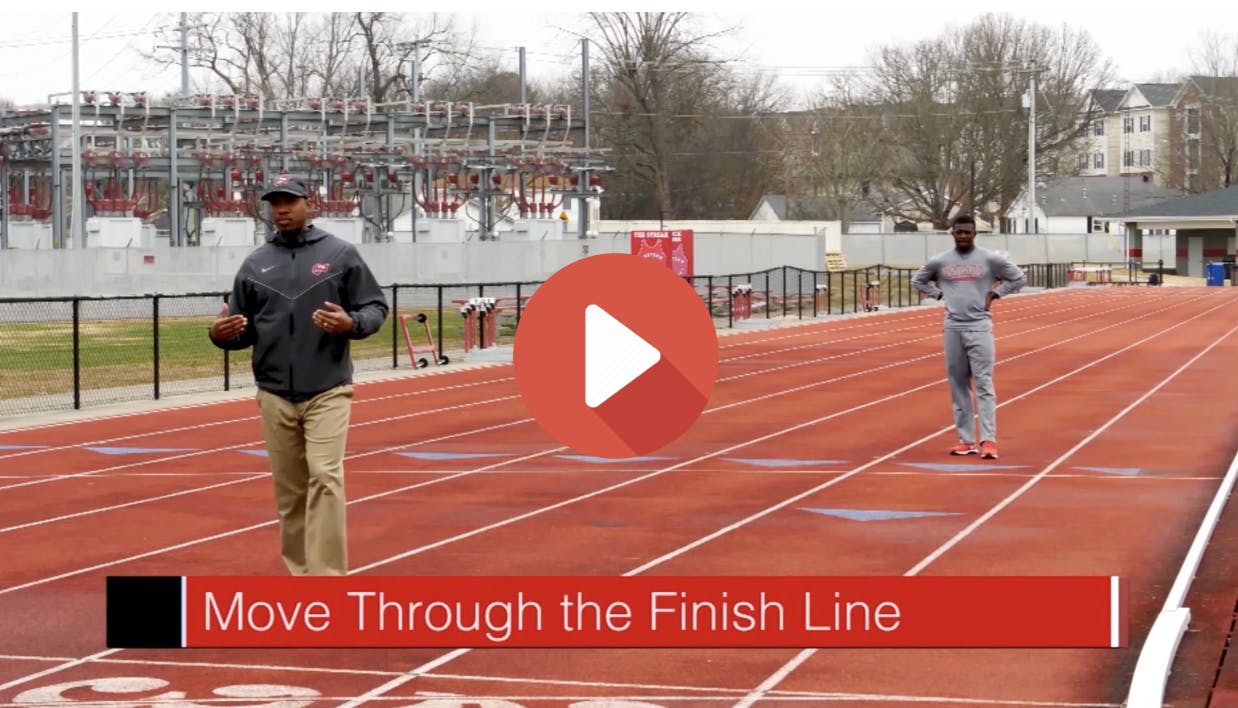
Coach Jenkins believes that the most important aspect of developing a sprinter is developing the way they finish races. And the first and foremost aspect of this is ensuring that the sprinter is moving through the finish line rather than moving or running to the finish line.
In a fast race where the winner and loser can be decided between hundredths of a second, there can be no cruising through the finish line. Instead, the sprinter must be committed to the finish line and run through it.
A great way to coach this is by having a focus point that is past the finish line. For example, a 100 m sprint or relay runner should be actually thinking they’re running a 105 m race because that extra 5 m should be completed with the same intensity to make sure the runner doesn’t let up on the gas.

